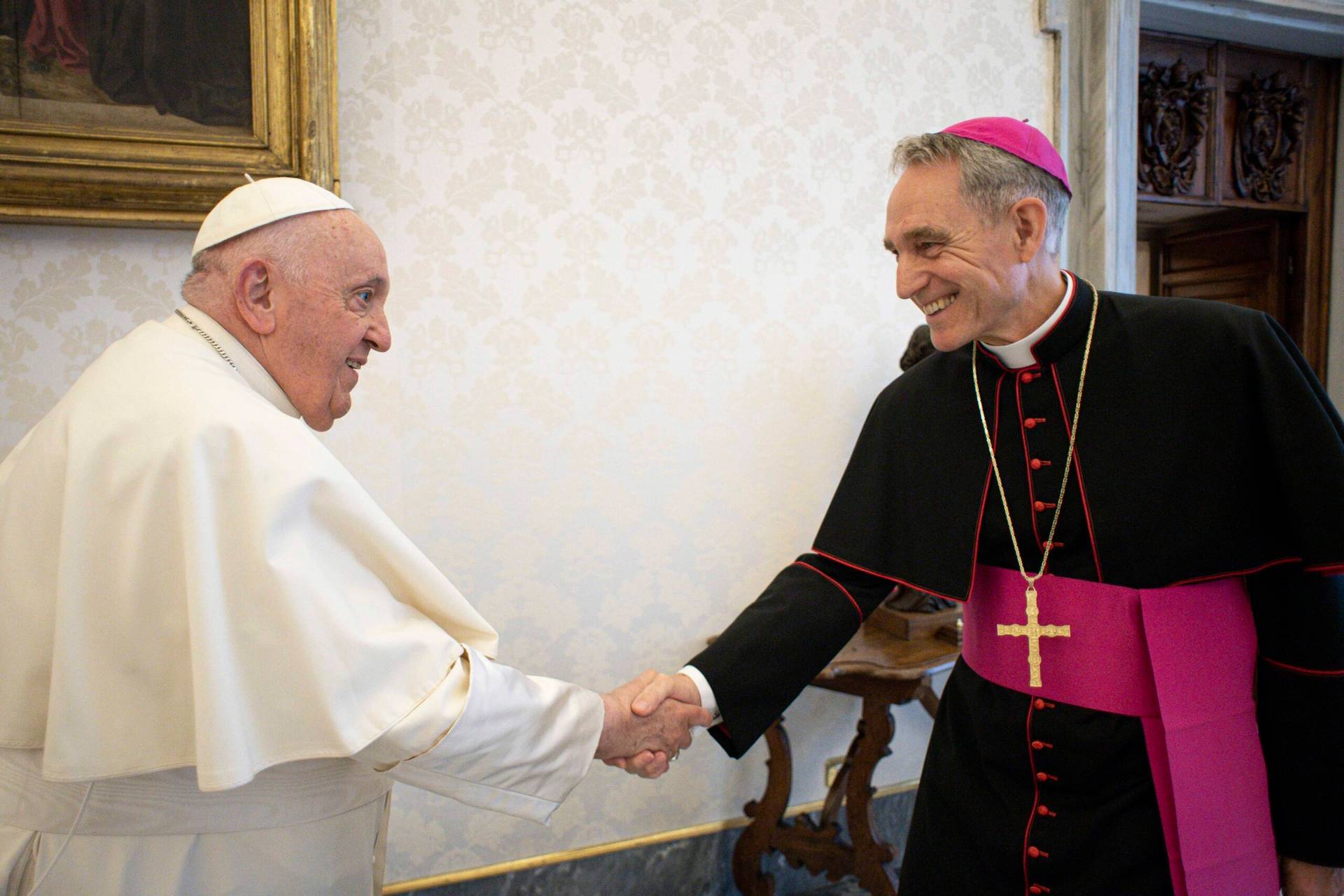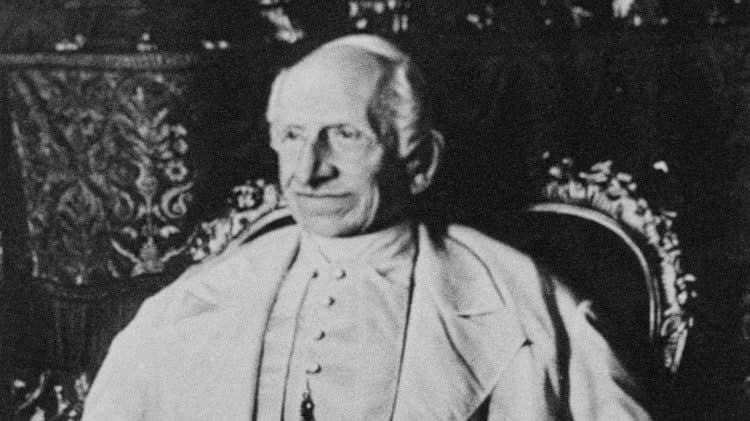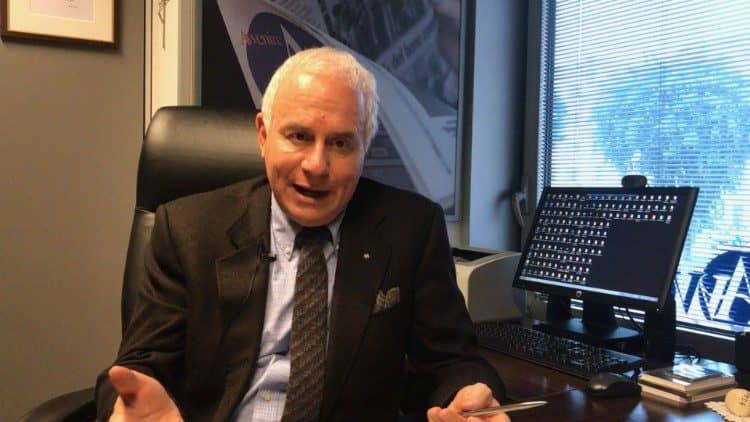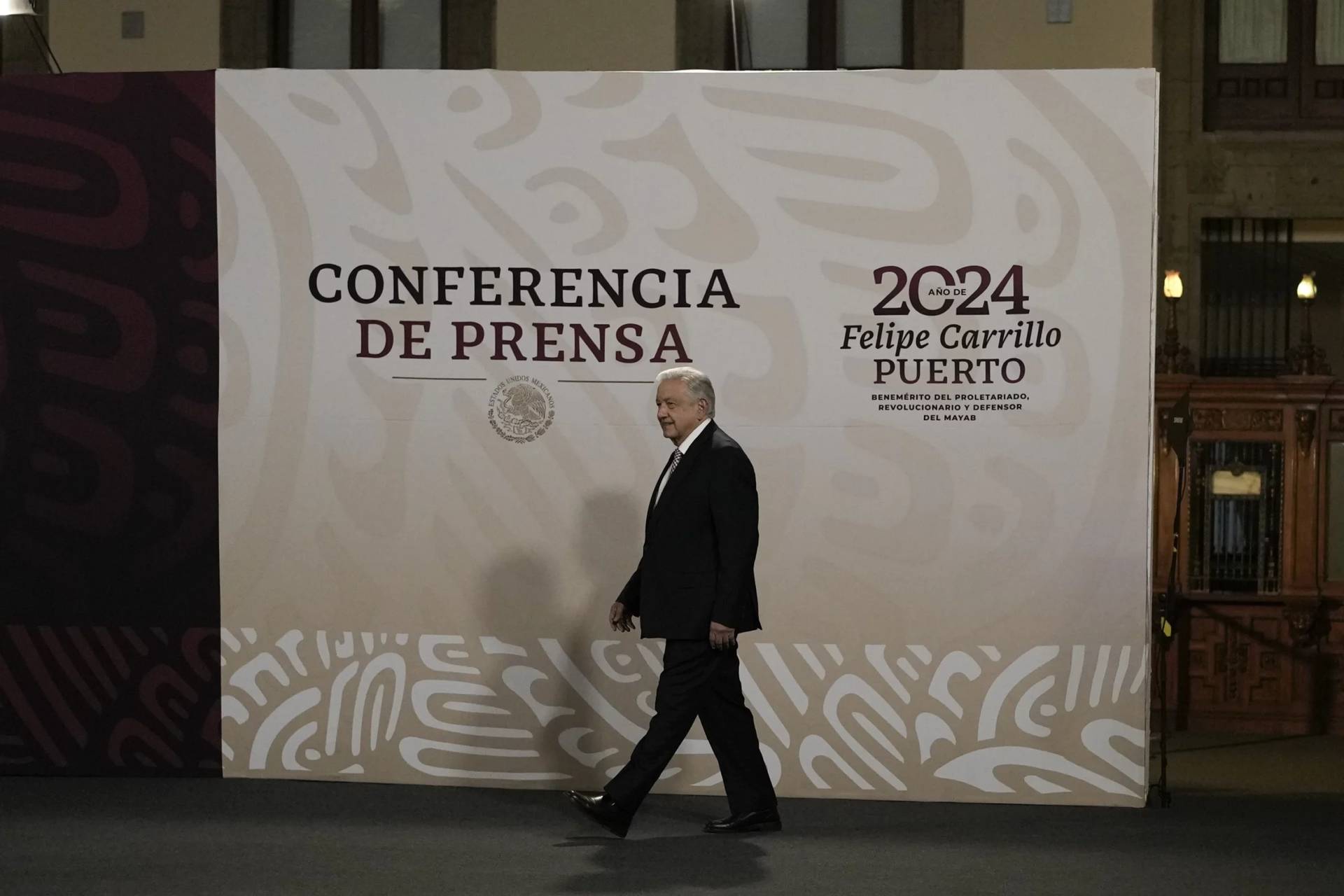ROME – When Pope John Paul II marked his 25th year in office in 2003, American Catholic theologian Richard McBrien spoke for many liberal critics in opining that the pontiff’s legacy was decidedly mixed, with the biggest negative being “his re-centralization of authority in the papacy at the expense of the [Second Vatican Council’s] teaching on collegiality.”
Of course, John Paul II was seen as a conservative. The presumption in many quarters was that with the transition to the more progressive Pope Francis, the Vatican II vision of collegiality, meaning shifting control over many matters away from Rome and toward local bishops, finally would be realized.
Early on Francis seemed to fuel those expectations, saying in 2015 that the Catholic Church could use a “healthy decentralization.” With his much-vaunted “Synod of Bishops on Synodality,” Francis and his aides have said they want consultation and shared decision-making to become a core characteristic of ecclesiastical life.
Yet several stories of late seem to tell a somewhat different tale.
In a move that has once again stirred the hornet’s nest of traditionalist Catholic sentiment, Pope Francis this week issued a rescript, meaning a legal decree, requiring local bishops to obtain Vatican permission before granting permission to celebrate the pre-Vatican II Latin Mass in parish churches or allowing priests ordained after July 16, 2021, to use the older rite.
Conservative news outlets have already noted the contrast between the pope’s decentralizing rhetoric and the clearly centralizing thrust of the rescript. In all honesty, it’s not the only example.
Two days later, Francis issued another legal instrument, this one a motu proprio, regarding the financial patrimony of the Holy See. In essence, the decree stipulates that all assets of institutions created by departments of the Roman Curia, or by other entities linked to the Holy See, belong to the Vatican and are subject to the pope’s control.
Last August, in issuing a financial report, the Secretariat for the Economy identified 92 such “entities,” including the major basilicas in Rome – St. Mary Major, St. Paul Outside the Walls, St. John Lateran, in addition to St. Peter’s – as well as a whole series of foundations, institutions and funds created over the years.
Technically, these are Vatican bodies and thus subject to the pope. In reality, however, most have long operated with significant autonomy, and personnel came to think of assets as theirs to manage and utilize as they see fit. It’s a bit of a rude awakening, therefore, to wake up and discover that nope, they’re “trustees,” not “owners.”
Or, consider a rescript issued last June specifying that before erecting a new group as a “public association of the faithful,” with a view toward becoming a religious order, a diocesan bishop must first obtain Vatican permission. That ruling built on an earlier edict from 2020 requiring bishops to get permission before erecting a new religious community of diocesan right, which, in turn, amplified a 2016 rescript requiring them to at least consult the Vatican.
Heretofore, all those steps could be taken by a diocesan bishop on his own, with the Vatican entering the picture only if the new order wanted to be recognized as of “pontifical,” not simply “diocesan,” standing. Now, the Vatican has to be involved from the very beginning.
Also, consider a couple of storylines out of Italy in just the last few days involving two small convents of religious sisters.
In the first case, two Poor Clare nuns were expelled from religious life by Vatican decree for refusing to abandon their convent on Italy’s posh Amalfi Coast, where the property is estimated to be worth $50-$60 million. Citing declining numbers, the Vatican ordered the convent closed and appointed an overseer to dispose of the property.
The two nuns didn’t want to leave, among other things saying they wanted to care for a 97-year-old sister who’s been living in the convent since 1955. The defiance led to the order of expulsion.
Some 270 miles to the north, 13 Benedictine sisters are facing a similar threat after defying a Vatican order to replace their Mother Superior. The sisters have barricaded themselves in the convent, putting a padlock on the main gate and cutting off phone lines, hoping that a canonical appeal against the Vatican decree somehow will succeed.
In the abstract, one might wonder why the Vatican is engaging in what can’t help but seem micro-management, since, under other circumstances, these standoffs likely would have been left to the religious orders and dioceses involved to sort out, on the grounds that the stakes are just too small.
What gives? Why is the pope of “healthy decentralization” seemingly presiding over an increasingly imperial papacy?
In Francis’s defense, some of these centralizing measures are a reflection of his desire for reform.
Asserting control over new religious orders, for instance, is partly a response to the fact that an alarming number of these outfits have been caught up in abuse scandals. Asserting ownership of all assets linked to the Vatican likewise is seen as a way of ensuring that Francis’s new accountability and transparency measures reach these entities too, however remote they may be from day-to-day papal activity.
Yet beyond reform, there are almost certainly other factors at work, one of which is structural and the other psychological.
Structurally, executives of whatever political stripe generally seek to enhance the authority of the executive branch. In his acclaimed book The Imperial Presidency, Arthur Schlesinger identified both FDR, a Democrat, and Nixon, a Republican, as architects of greatly expanded executive authority in the United States.
It’s only in a hyper-polarized age it would surprise anyone that both a conservative and a liberal pope seem to like papal authority, in roughly equal measure.
Here’s the psychological bit: Most new popes, especially those who’ve led dioceses for a while, probably come into office believing most other bishops think like them. After all, they’ve just been elected by a two-thirds vote in the College of Cardinals, and most of their bishop-friends likely share their views (which is probably why they’re friends to begin with).
Based on the assumption that “most bishops” want what the pope wants, it’s easy to advocate decentralization and collegiality.
Over time, however, every pope has to reckon with the fact that there are significant pockets of bishops who don’t actually share their agenda. John Paul II had his Cardinal Carlo Maria Martini, just as Pope Francis has his Cardinal Gerhard Müller – and in both cases, Martini and Müller weren’t speaking just for themselves.
As popes begin to hear time’s winged chariot hurrying near, it becomes less natural to defer to the judgments of a fissiparous and unpredictable body of some 5,000 Catholic bishops around the world, and more tempting simply to rule by decree.
A growing cross-section of observers believe we’ve now entered that phase of the Francis era. How this operational dimension of the papacy will be reconciled with the ecclesiological concepts likely to be articulated by the looming Synod on Synodality, therefore, will be fascinating to track.
















